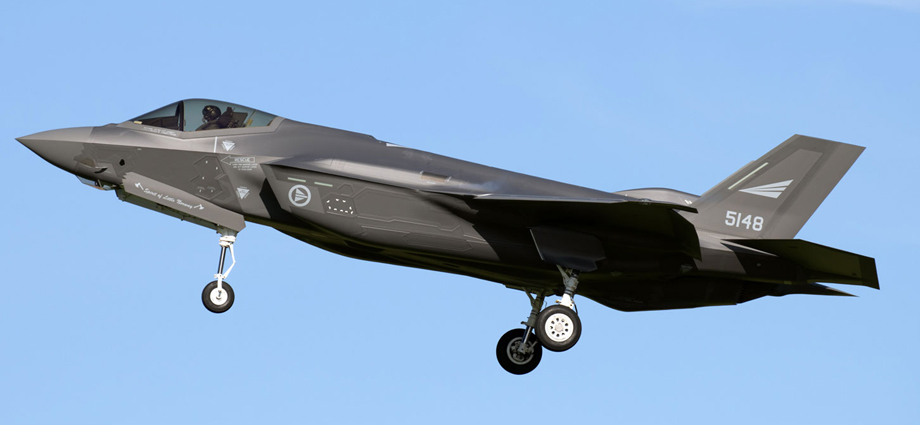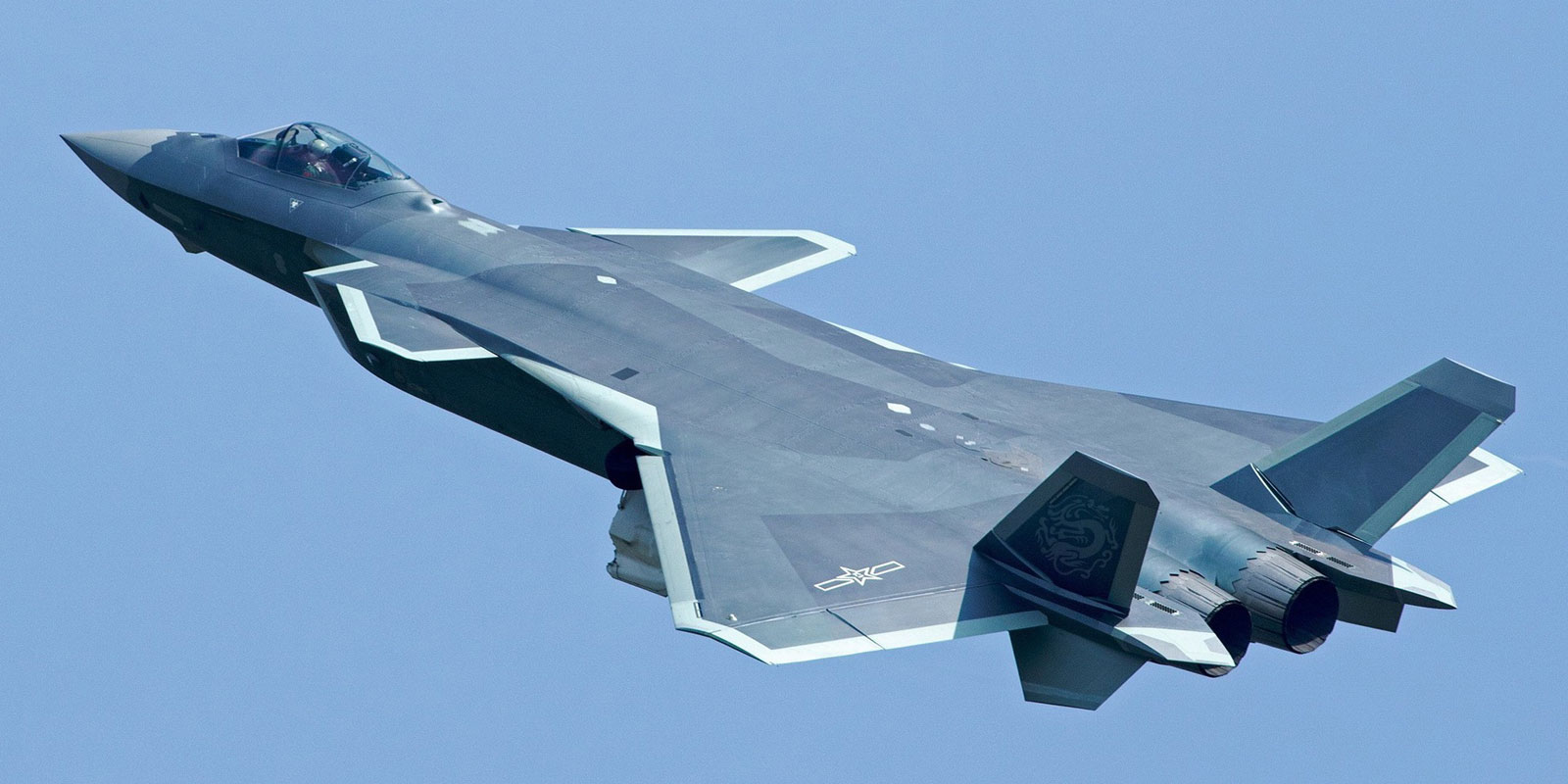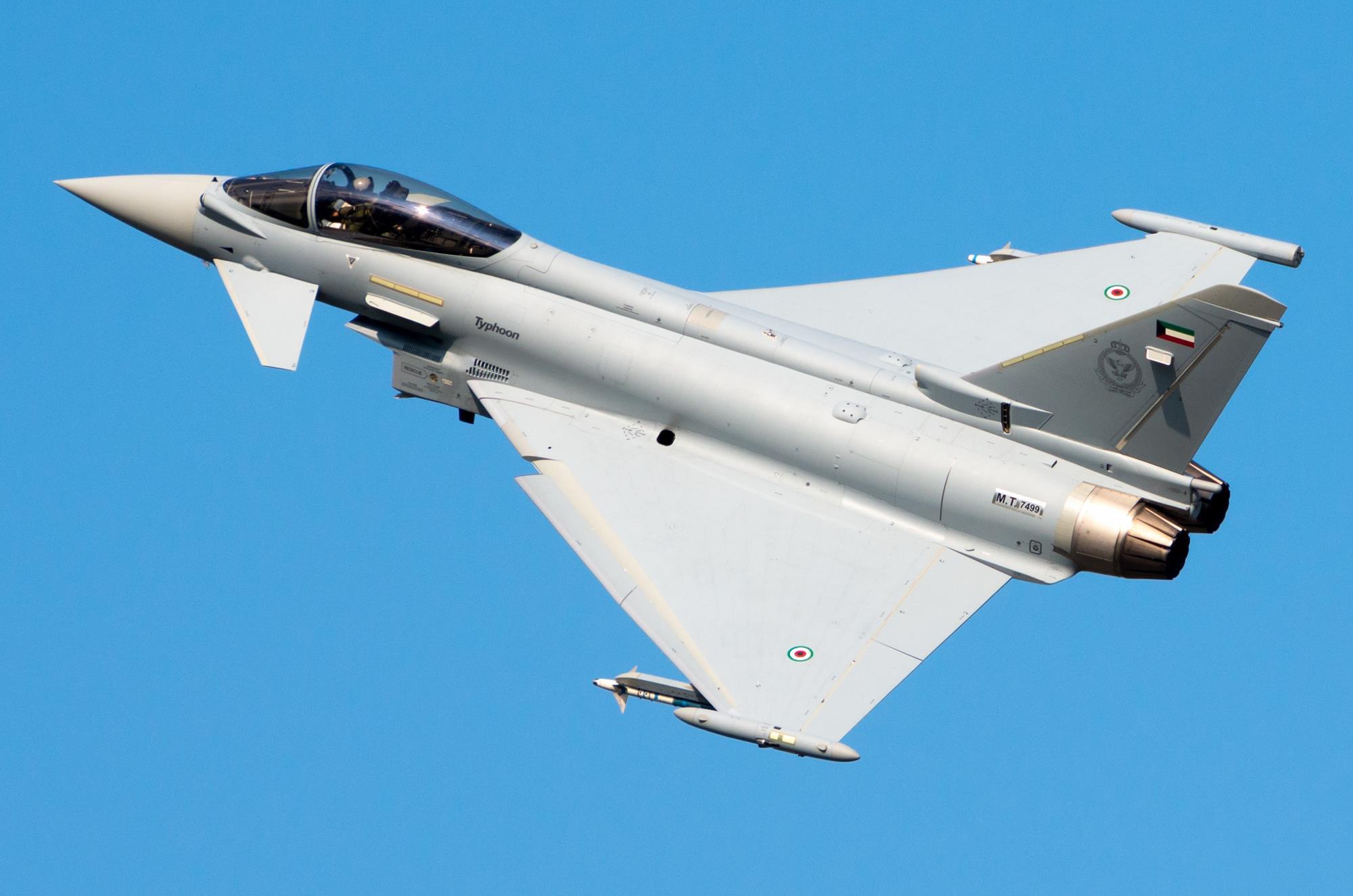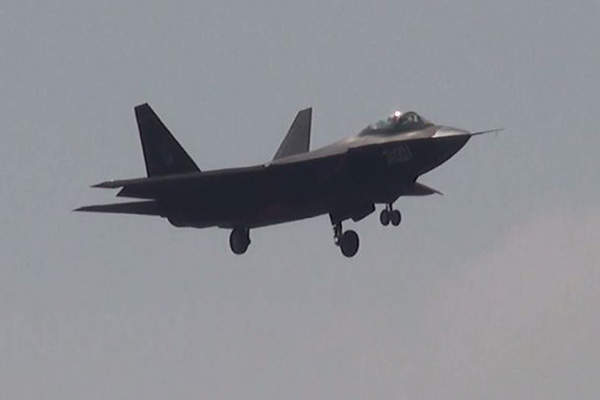
The F-35 Lightning II is a fifth-generation multirole fighter jet designed and manufactured by Lockheed Martin Corporation. It is the most advanced fighter jet in the world and is used by the United States Air Force, Navy, and Marine Corps, as well as several allied nations.
The F-35 Lightning II is designed to be a stealthy, highly maneuverable fighter jet that can perform a wide variety of missions, including air-to-air combat, air-to-ground attack, and intelligence, surveillance, and reconnaissance (ISR) missions. It features advanced sensors, avionics, and weapons systems, which allow it to detect and engage targets at long ranges and in all weather conditions.
The F-35 Lightning II is powered by a single Pratt & Whitney F135 engine, which gives it a top speed of over Mach 1.6 and a combat range of over 1,200 nautical miles. It can carry a wide range of advanced weapons, including air-to-air missiles, air-to-ground missiles, and precision-guided bombs.
However, the F-35 program has faced some controversies due to its cost and delays in development. Despite these issues, the F-35 Lightning II remains one of the most advanced and capable fighter jets in the world.
What are some features of F-35 lightning II?
The F-35 Lightning II is a stealth multirole fighter jet developed by Lockheed Martin for the United States Armed Forces and its allies. Here are some of its key features:
- Stealth capabilities: The F-35 Lightning II has been designed to be stealthy, with its unique shape and materials that help it avoid detection by radar.
- Sensor fusion: The aircraft has advanced sensors that gather and combine data from various sources to provide pilots with a complete picture of the battlespace.
- Supersonic speed: The F-35 Lightning II is capable of reaching speeds of up to Mach 1.6, or about 1,200 miles per hour.
- Vertical takeoff and landing: The F-35B variant is capable of taking off and landing vertically, allowing it to operate from short runways or even from amphibious assault ships.
- Advanced avionics: The F-35 Lightning II is equipped with advanced avionics, including an advanced helmet-mounted display that provides pilots with a 360-degree view of their surroundings.
- Multirole capabilities: The F-35 Lightning II is designed to be a multirole fighter, capable of performing air-to-air and air-to-ground missions.
- Network-centric warfare capabilities: The F-35 Lightning II is designed to be part of a larger network of aircraft and ground-based systems, sharing data and coordinating operations in real time.
- Low maintenance requirements: The F-35 Lightning II is designed to be highly maintainable, with easily replaceable parts and a modular design that makes repairs faster and more efficient.
Cost of F-35 Lightning II?
The cost of an F-35 Lightning II can vary depending on the specific model and the quantities ordered. As of 2021, the estimated cost of an F-35A, which is the most common variant and is used by the United States Air Force, is around $77.9 million per aircraft. The F-35B, which is a variant used by the United States Marine Corps and has vertical takeoff and landing capabilities, is estimated to cost around $101.3 million per aircraft. The F-35C, which is designed for use on aircraft carriers and has a larger wingspan, is estimated to cost around $94.4 million per aircraft.
It’s worth noting that the overall cost of the F-35 program, which includes development, production, and sustainment costs, has been a subject of controversy and scrutiny due to the program’s high costs and delays. The estimated cost of the entire F-35 program has been reported to be over $1.7 trillion over the program’s lifetime.
Competitors of F-35 Lightning II?
Here are several other advanced fighter jets that can be considered competitors to the F-35. Here are some examples:
1. Su-57: The Su-57 is a fifth-generation multirole fighter developed by Russia’s Sukhoi Design Bureau. It features stealth technology, advanced avionics, and high maneuverability.

2. Chengdu J-20: The J-20 is a fifth-generation stealth fighter developed by China. It has a high-speed cruising capability and a long-range combat radius.

3. Eurofighter Typhoon: The Typhoon is a fourth-generation multirole fighter developed by a consortium of European companies. It is highly agile and equipped with advanced avionics.

4. Dassault Rafale: The Rafale is a fourth-generation multirole fighter developed by the French company Dassault Aviation. It is highly versatile and can perform a wide range of missions, including air-to-air combat, air-to-ground attack, and reconnaissance.

5. F-22 Raptor: The F-22 Raptor is a fifth-generation stealth fighter developed by Lockheed Martin. It has a high cruising speed, long-range, and advanced avionics.

6. Shenyang J-31: The J-31 is a fifth-generation stealth fighter developed by China. It is designed for air-to-air and air-to-ground missions and is equipped with advanced avionics and stealth technology.

Overall, the F-35 Lightning II faces stiff competition from several advanced fighter jets developed by other countries.
Disadvantages of F-35 Lightning II?
While the F-35 Lightning II is one of the most advanced fighter jets in the world, it is not without its disadvantages. Here are some of the most commonly cited drawbacks of the F-35:
- Cost: The F-35 program is one of the most expensive military procurement programs in history, with an estimated total cost of over $1 trillion over the life of the program. The high cost of the aircraft has led to concerns about affordability and the sustainability of the program over the long term.
- Maintenance: The F-35 requires a high level of maintenance, which can be time-consuming and expensive. The aircraft’s complex systems and software require specialized technicians and equipment, and parts can be difficult to obtain.
- Software issues: The F-35’s software is still being developed and refined, and there have been several issues with the aircraft’s software in the past. These issues have led to delays in testing and development, and there are concerns about the reliability and effectiveness of the aircraft’s systems.
- Performance limitations: While the F-35 is a highly capable aircraft, it has some performance limitations that have been identified in testing. For example, the aircraft’s maneuverability is not as good as some other fighters, and its range and payload capacity are somewhat limited.
- Stealth limitations: While the F-35 is designed to be stealthy, there are some limitations to its stealth capabilities. For example, the aircraft can be detected by certain types of radar, and its stealth coatings can degrade over time, reducing its effectiveness.
It’s important to note that these disadvantages are relative, and the F-35’s overall performance is still considered to be exceptional. However, these issues are still a concern for some military officials and analysts.
Is F-35 Lightning II battle proven?
Yes, the F-35 Lightning II has been used in combat in several conflicts around the world, including in Iraq, Syria, and Afghanistan.
The F-35’s first combat mission was flown by the Israeli Air Force in May 2018, when two F-35s attacked Iranian targets in Syria. Since then, the F-35 has been used in combat by the US and its allies in several conflicts, including against ISIS in Iraq and Syria.
In addition to its use in combat, the F-35 has also undergone extensive testing and evaluation by the US military and other countries’ militaries, and has demonstrated its ability to perform a wide range of missions, including air-to-air combat, air-to-ground attack, and reconnaissance.
Overall, while the F-35 has faced some criticisms and challenges, its performance in combat and testing has generally been very positive, and it is widely regarded as one of the most advanced and capable fighter jets in the world.
Which countries have F-35 Lightning?
As of early 2023, the F-35 Lightning II has been ordered or delivered to 13 countries around the world. These countries are:
- United States
- Australia
- Israel
- Japan
- South Korea
- Italy
- Norway
- United Kingdom
- Denmark
- Netherlands
- Belgium
- Poland
- Singapore (has ordered but not yet received)
The United States is by far the largest operator of the F-35, with plans to eventually acquire over 2,000 aircraft of various variants. Other countries, such as Australia, Israel, and Japan, have also acquired significant numbers of the aircraft.
Several other countries, including Canada, Finland, and Switzerland, are currently considering acquiring the F-35 as well.